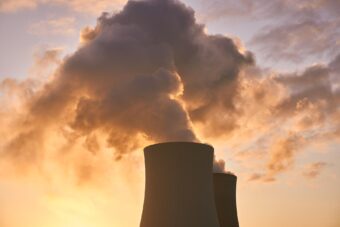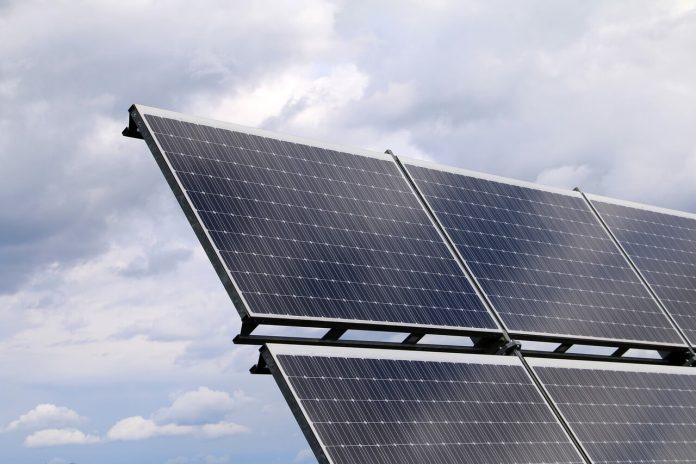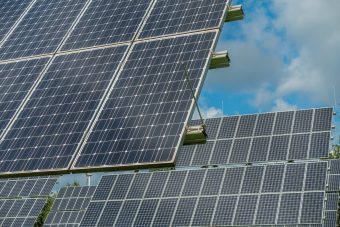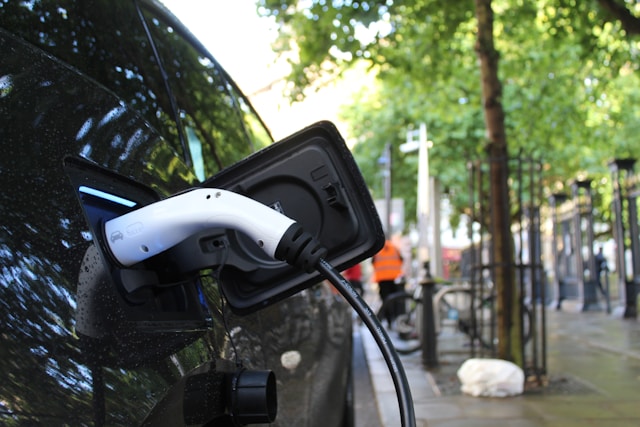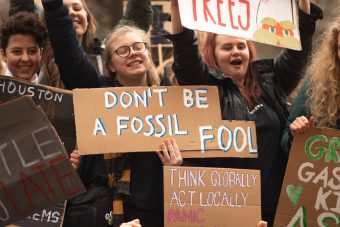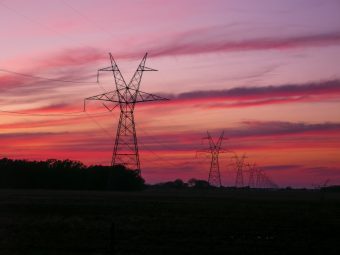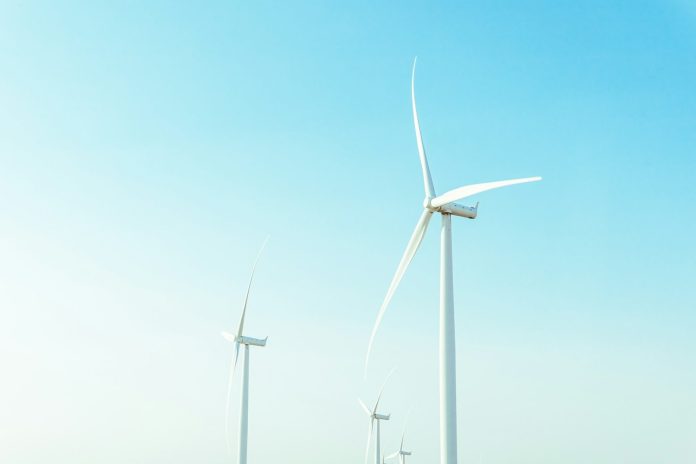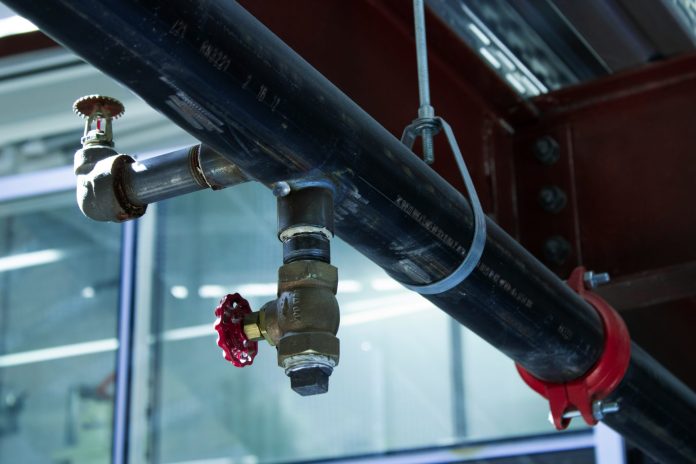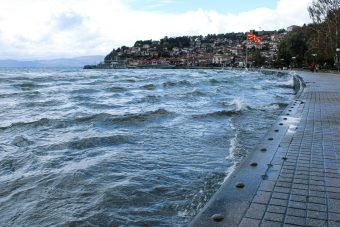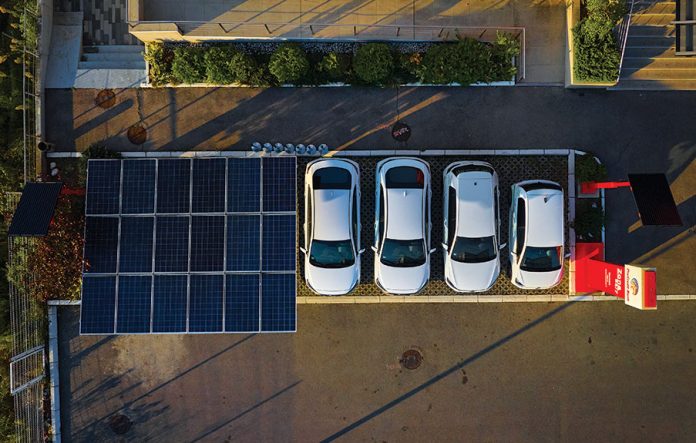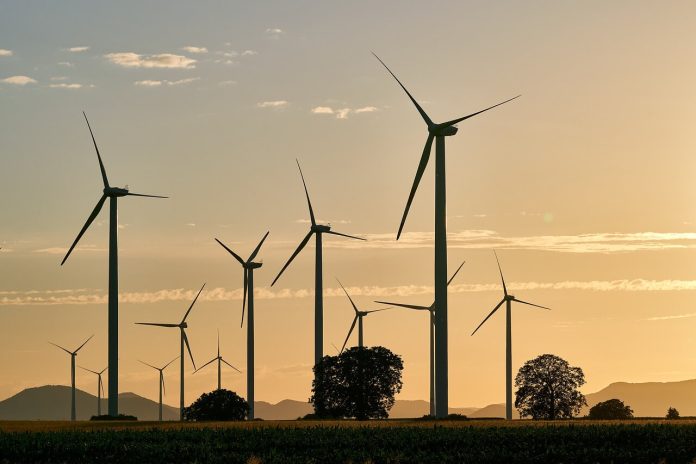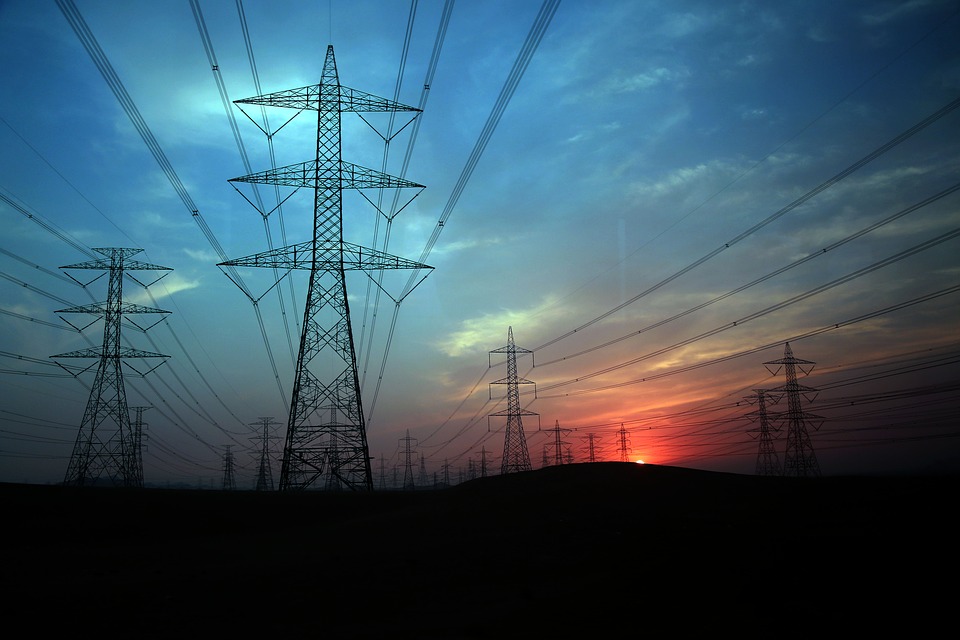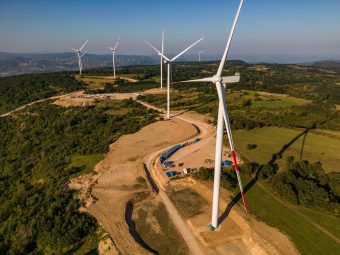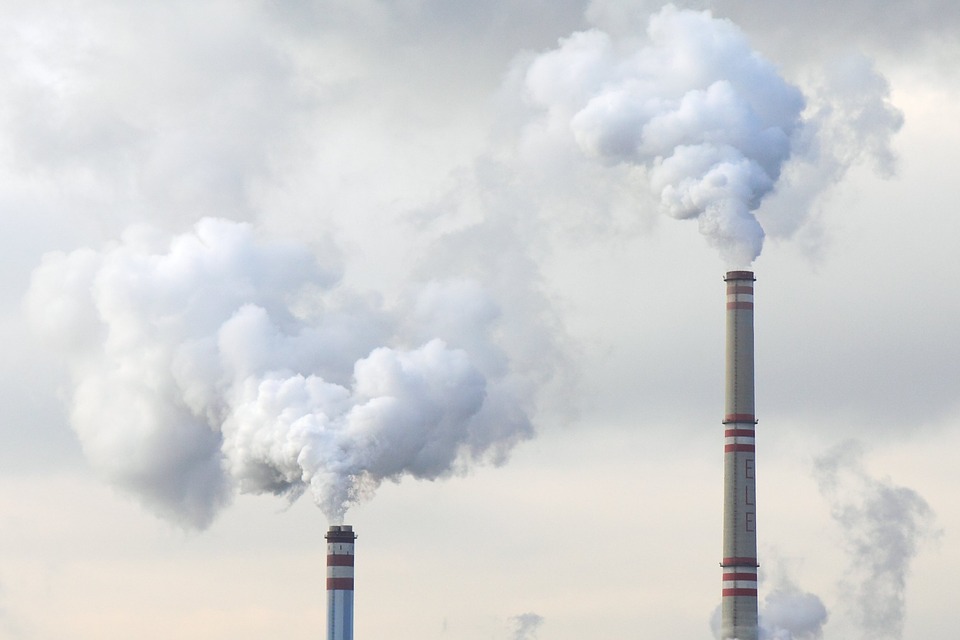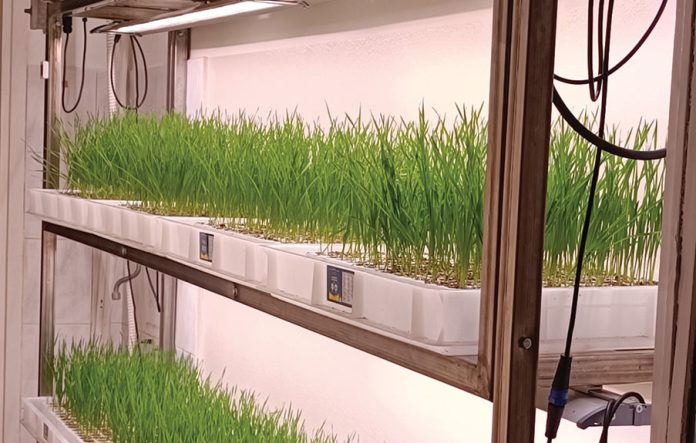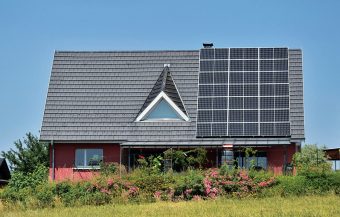The United Nations Environment Programme (UNEP) has released the Global Peatland Hotspot Atlas 2024, highlighting the critical threats to these ecosystems across 177 UN member states.
Peatlands are vital carbon storage systems and biodiversity-rich habitats, but their degradation is driven by intensive agriculture, urbanization, deforestation, and industrialization, UNEP reported.
The new Global Atlas, unveiled during the COP29 conference, provides updated maps of global peatland distribution, emphasizing the threats they face and opportunities for their restoration and conservation.
Susan Gardner, Director of UNEP’s Ecosystems Division, stressed that peatlands, as natural carbon vaults, play a pivotal role in achieving climate goals.
“Peatlands exist in almost every country and, in addition to storing vast amounts of carbon, provide essential services that millions of people rely on daily. Protecting them is a fundamental investment in human well-being,” Gardner said.
More:
- How Degraded Are Freshwater Systems – What the United Nations Report Reveals
- Greenpeace Studies Vulnerable Marine Mammals in Targeted Deep Sea Mining Area
- As Landscapes Heal, Nepal’s Most Iconic Animals Stage a Comeback
Although peatlands cover only three to four percent of the Earth’s terrestrial surface, they store about one-third of the world’s soil carbon—twice as much as all the world’s forests combined. These natural assets not only provide habitats for over 1,000 endangered plant and animal species but also significantly contribute to local ecological stability.
Furthermore, peatlands act as natural filters, purifying water and reducing the risks of droughts, floods, and wildfires when preserved. However, degraded peatlands become sources of greenhouse gases, contributing up to four percent of global human-induced emissions.

The primary drivers of peatland degradation include draining for agriculture and the accelerated thawing of permafrost due to climate change. UNEP emphasizes that protecting peatlands is not only an ecological imperative but also a critical step toward a more sustainable future.
According to UNEP, approximately 500,000 hectares of pristine peatlands are destroyed annually due to human activities, predominantly in hotspots such as East and Southeast Asia. Peatlands in remote regions, typically found in subarctic, boreal, and tropical zones, remain largely untouched.
This report builds on the Global Peatland Assessment 2022 and continues to urge policymakers to prioritize the protection of these ecosystems as a cost-effective climate solution that offers multiple benefits for people, nature, and the climate.




